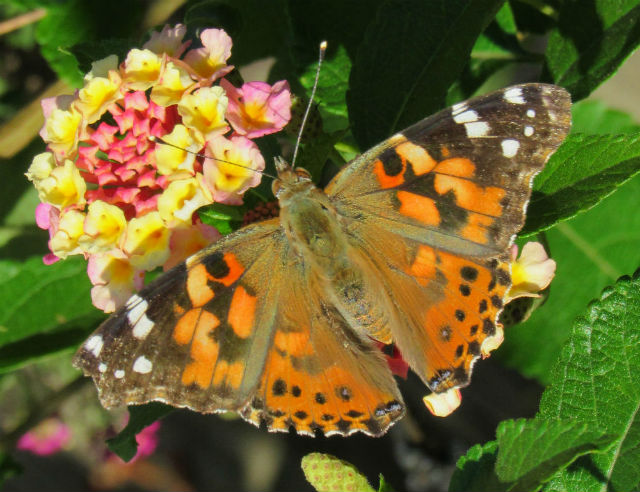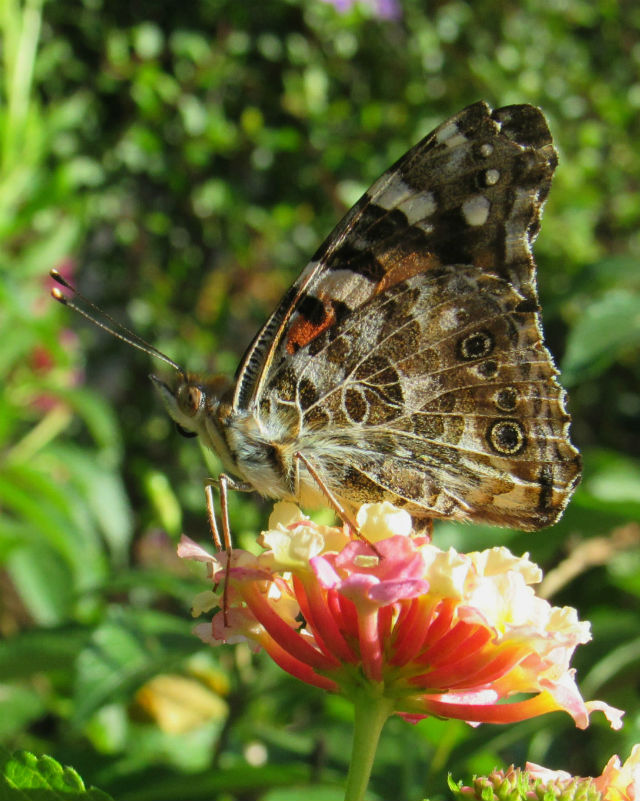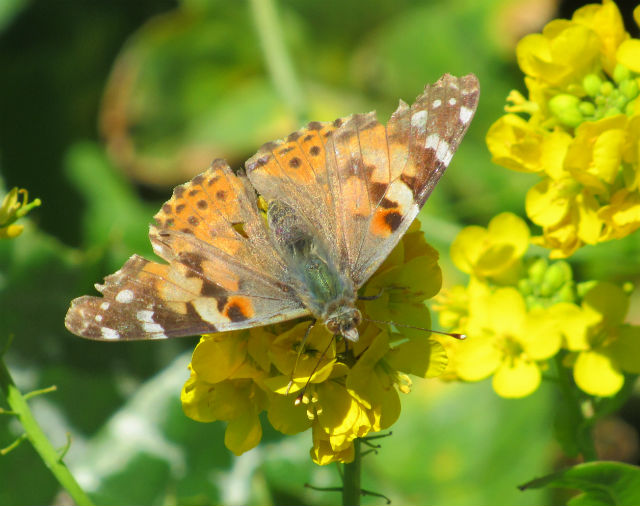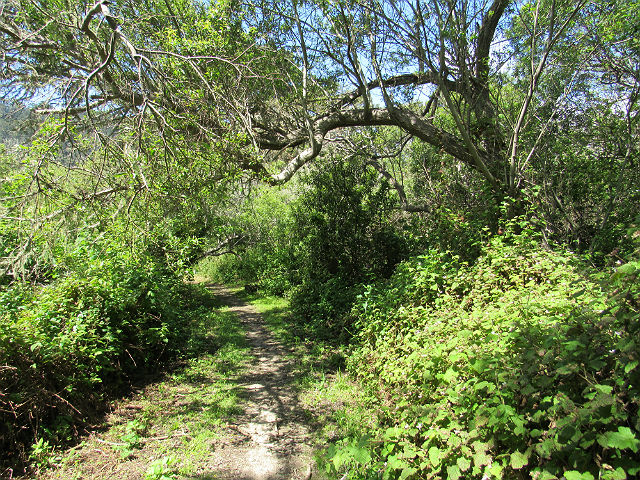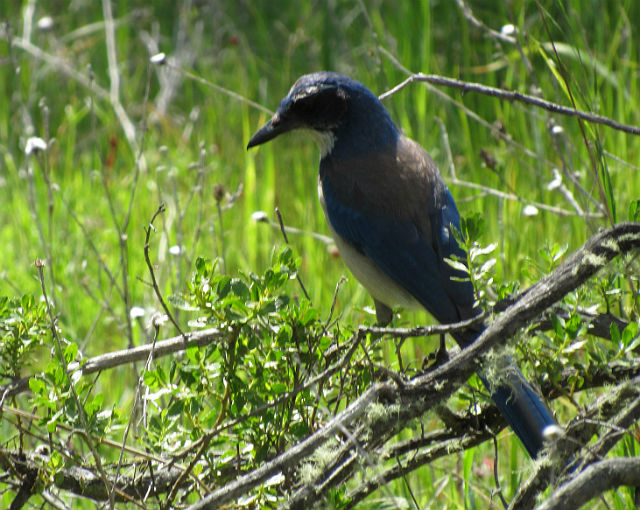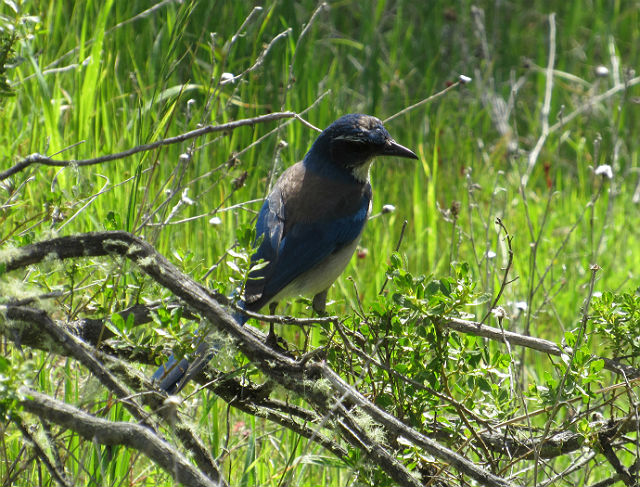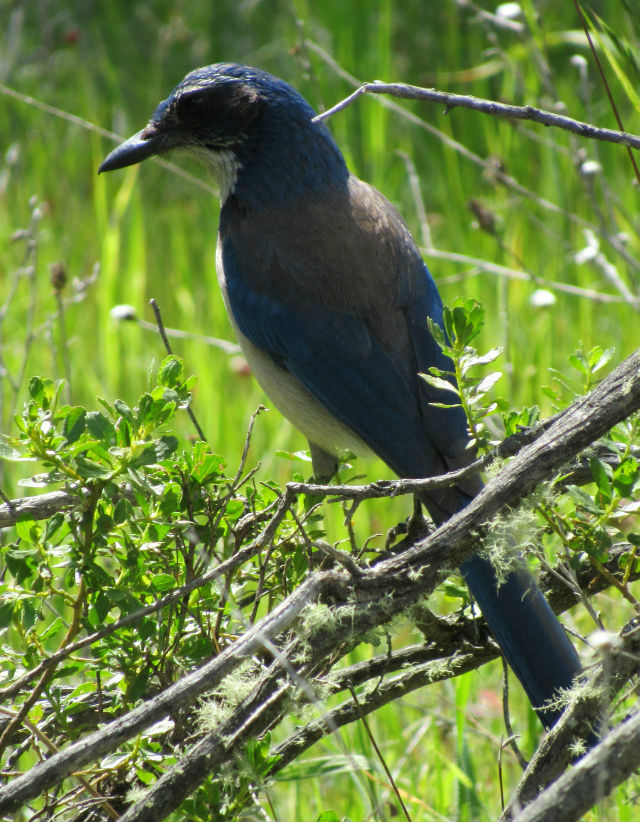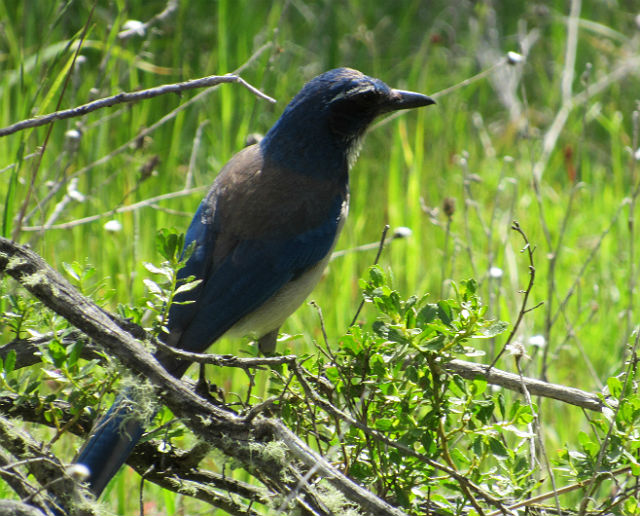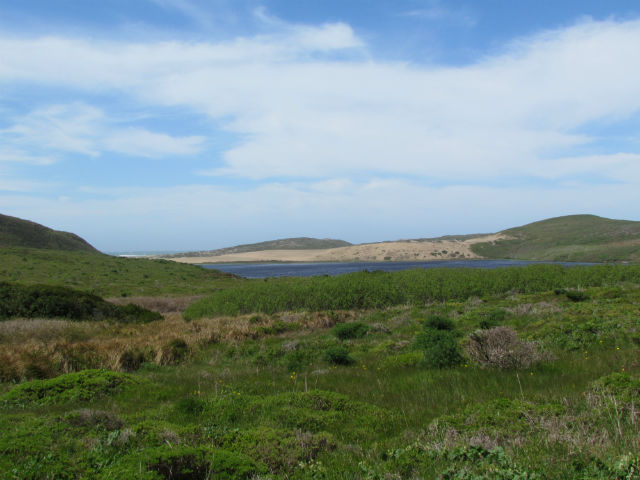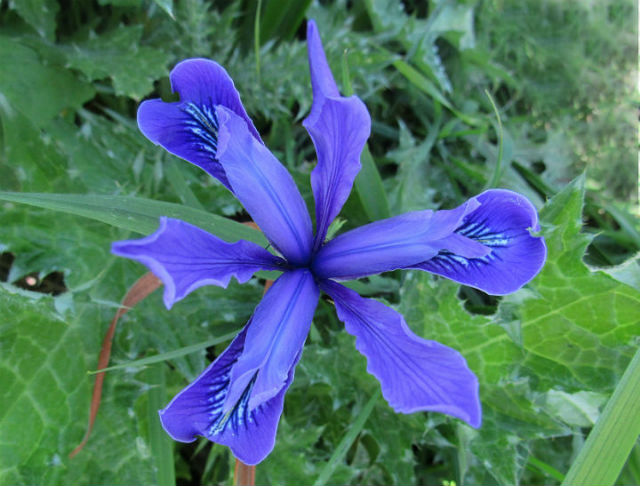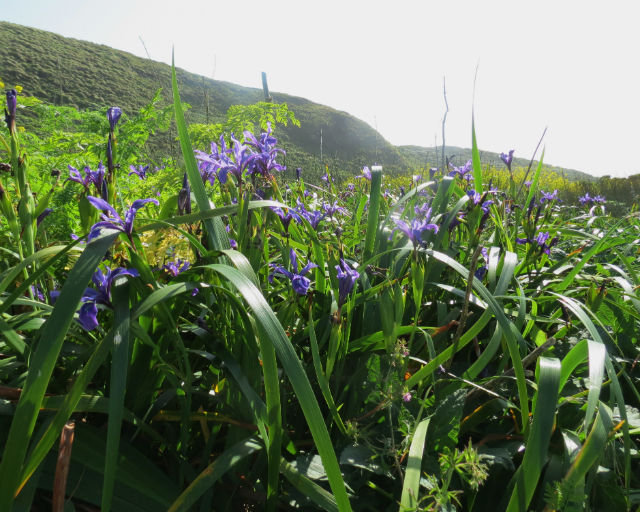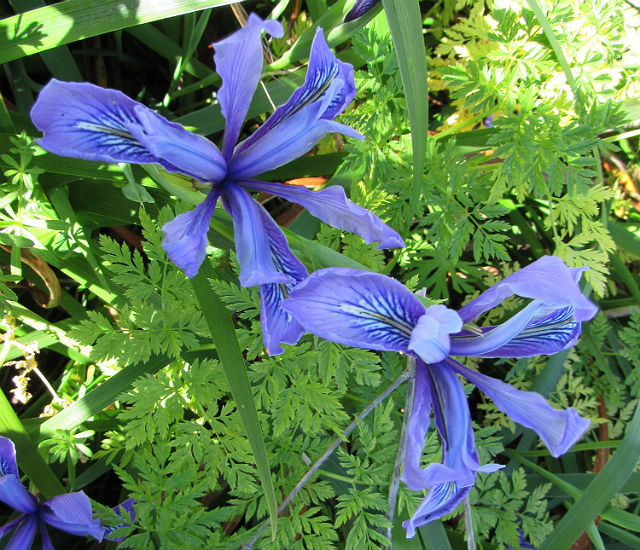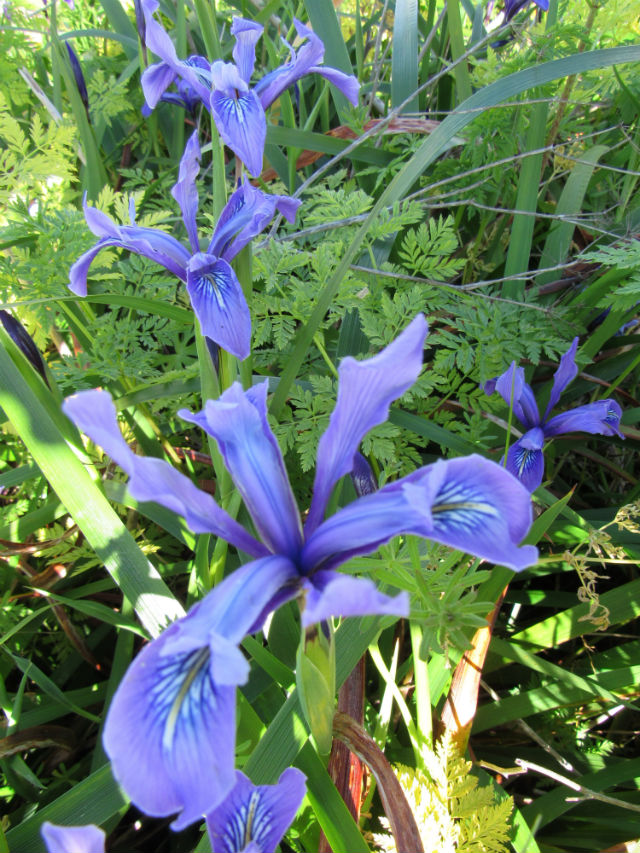While visiting Yosemite National Park in April, I walked a mile through the snow to have my first-ever encounter with these massive trees.
This species is the largest known tree on earth and grow only on the western slope of the Sierra Nevada at elevations between 4,500 to 7,000 feet. Found nowhere else on the planet, they are closely related to California’s Coast Redwoods – the tallest trees in the world.
Sequoias can grow to be about 30 feet in diameter and more than 250 feet tall. They can live to be over 3,000 years old, with the oldest one on record living more than 3,500 years.
Mature Sequoias lack branches on the lower half of their trunks. Their trunks taper as they rise, forming a rounded top where individual branches sweep downward. Their green needles are small and arranged in spirals.
The snowpack from the Sierra Nevada provides these giant trees with the thousands of gallons of water every day.
It was an awesome experience to meet a tree “in person” that I have been reading about for so many years!










